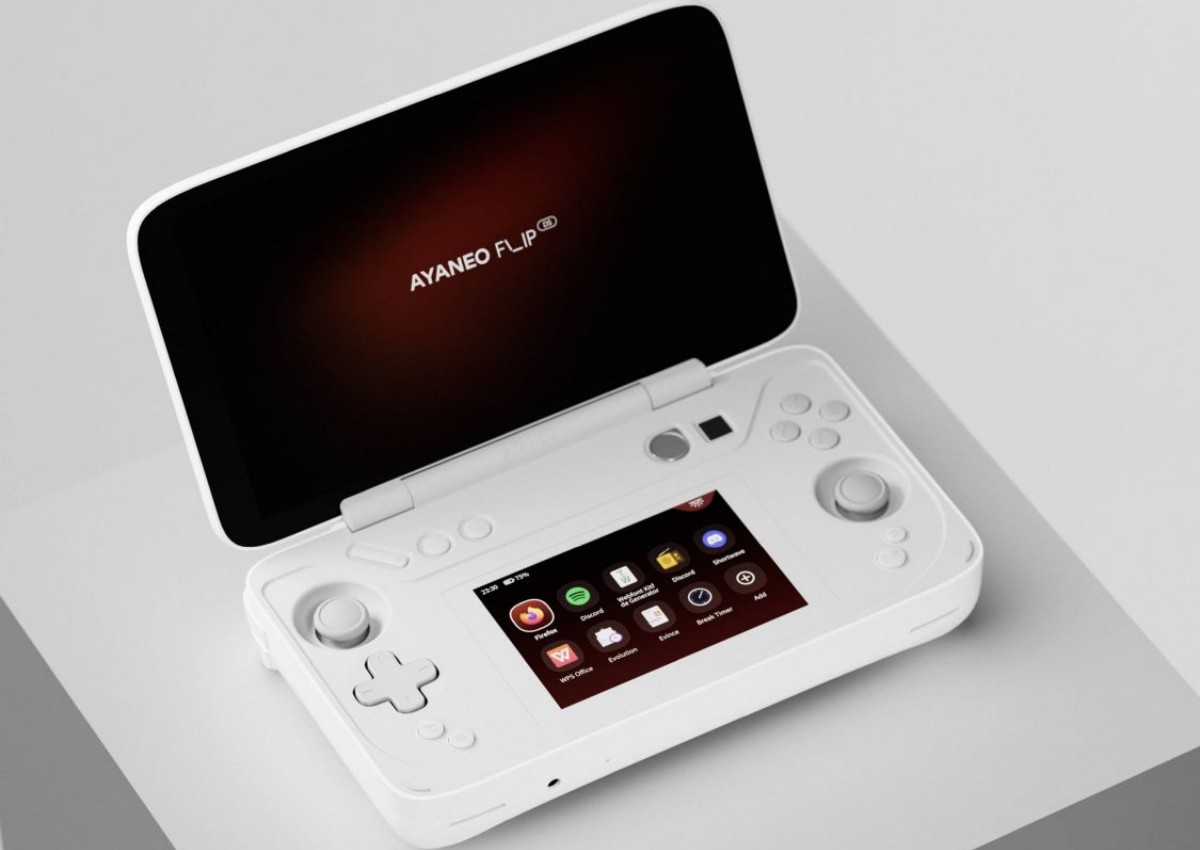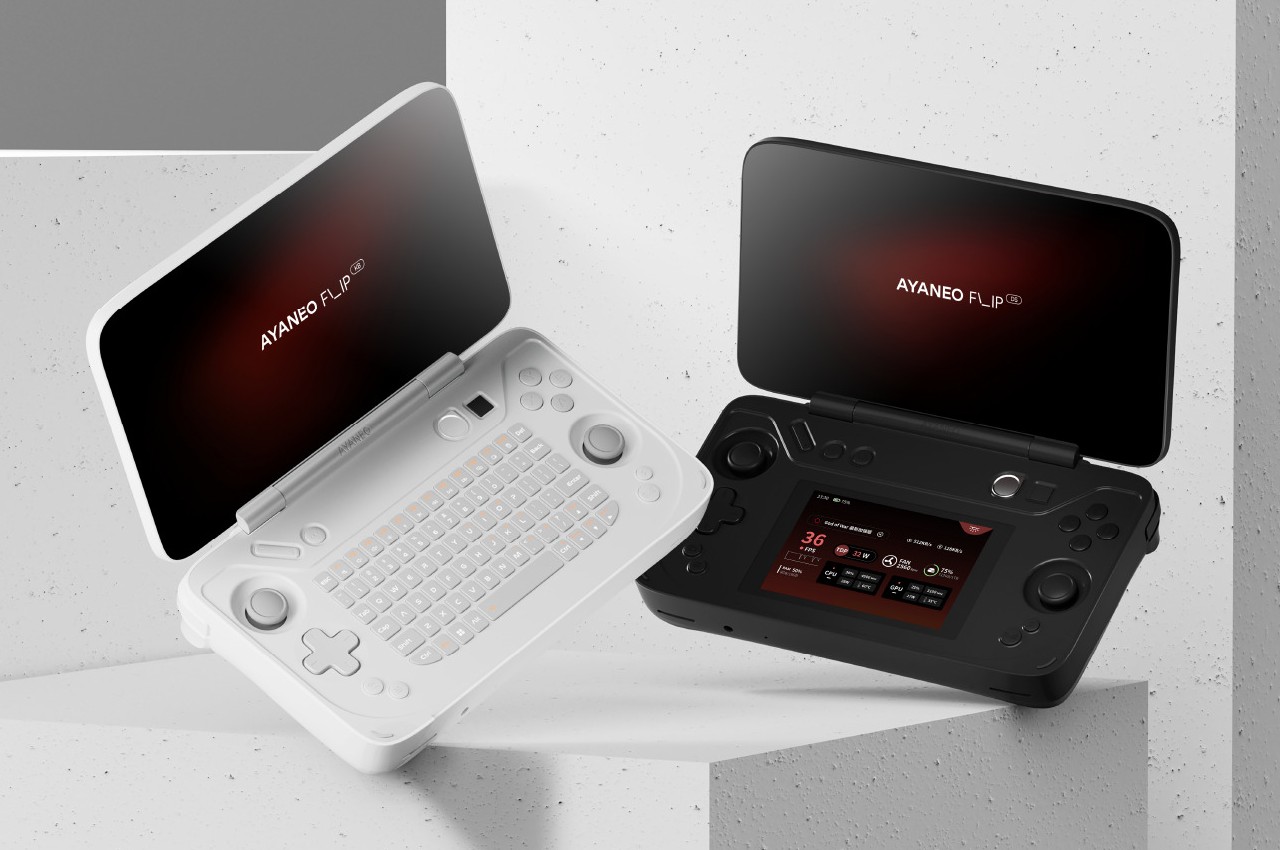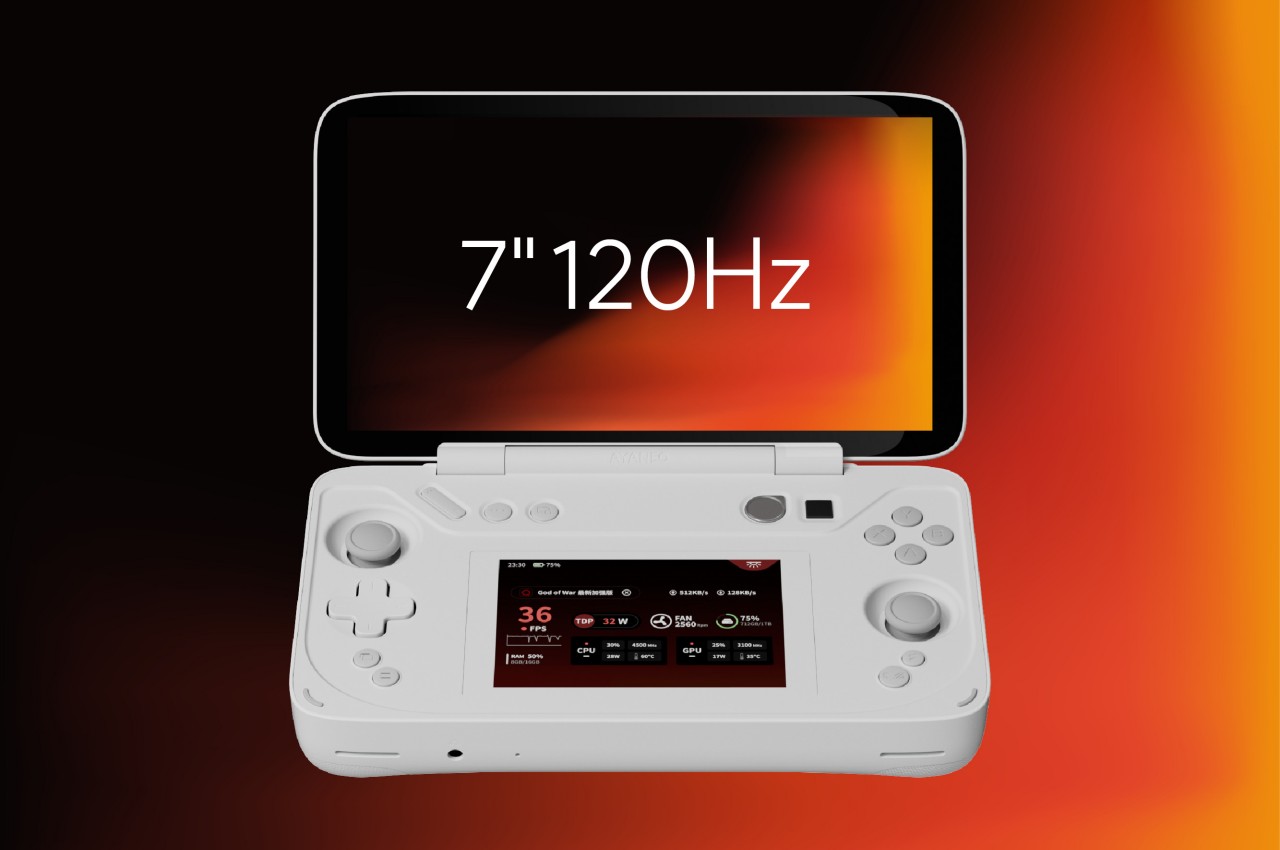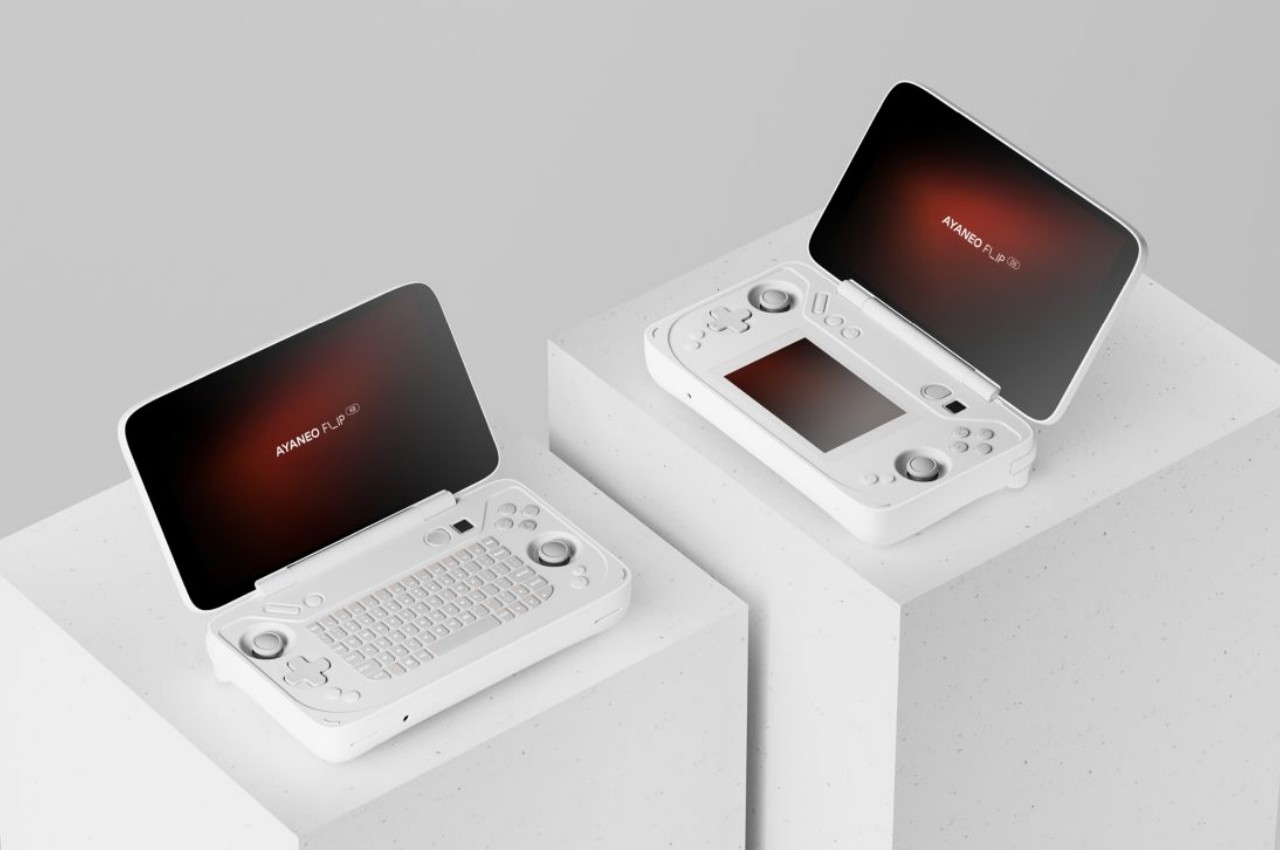This is the last weekly deal roundup we'll do this year, but unlike other end-of-year posts, we won't be looking back wistfully at the 2023 deals that once were — all that matters are the ones you can get right now. This week, we're seeing a few sale prices that are still live from Black Friday; snag those before they inevitably go back up. A few new discounts have popped up that actually beat lows from November's shopping holiday, including a Prime-only deal on Amazon's Echo Show 8, all-time lows on Anker charging accessories, and discounts on Apple AirTags and Tile Pro trackers. Until next year, these are the best tech deals that you can still get today.
Anker charging accessories sale
As part of a larger Anker charging accessories sale at Amazon, the Anker 511 Nano 3 wall charger is down to $16 which is a 30 percent discount and close to an all-time low. It's our top pick for a 30-watt option in our fast charger buying guide. And if you want two USB-C ports instead of just one, you can get the 47W Nano 3 for $21, which is within a dollar of its best price so far. Other notable deals include our top pick for a 65 watt charger from the same guide, the Anker GaNPrime 65W, which is 37 percent off putting it at a new all-time low of $38.
Amazon Echo Show 8
The latest generation of Amazon's Echo Show 8 smart display is now 40 percent off, bringing it to a new all-time low of $90. That's about $15 cheaper than it sold for during Black Friday, but this deal is only for Prime members. The Echo 8 is our favorite Alexa display and Amazon debuted the third-generation of the device at a company event in September. We took time to appreciate the edge-to-edge front glass and new, more refined look — along with the new features. The most notable of the bunch is Adaptive Content, which knows how far you are from the device and displays different content accordingly, such as large format weather when you're across the room and personalized info like calendars and news when you step closer.
Amazon Echo
If you have a Prime membership, you can use it to get the company's flagship smart speaker, the 4th generation Echo, for $50, which is half price and matches the lowest it's ever sold for, and comes in a full $10 less than it went for during Cyber Week. The latest Echo is our top pick for a smart speaker under $100 because it churns out a good amount of volume for its size and packs in all of Alexa's helpful smart home management and other skills.
ZOIA Euroburo
Empress Effects is selling its two ZOIA modular synthesizers at a discount. The original ZOIA guitar effects pedal typically sells for $549, but is now 20 percent off and down to $439. The modular synth ZOIA Euroburo mini modular synth is 15 percent off, bringing it down to $607 instead of the $714 MSRP.
We called the ZOIA "a complex and rewarding modular effects pedal" in our review and gave it a score of 86. While it's likely overkill for someone looking for a standard effects pedal, the ZOIA will give you almost limitless combinations of effects and modules, along with customization capabilities that other models can't match.
The ZOIA Euroburo is pretty similar to the original ZOIA, but is instead configured into a Eurorack format which you could easily add to a larger modular synth setup. There's a powerful audio processor inside, plus 80 modules and 20 dedicated effects modules. These can be combined to create anything from basic reverbs to complicated microloopers or even full-fledged synthesizers.
Bose QuietComfort Ultra earbuds
We named the Bose QuietComfort Ultra wireless earbuds our top pick for noise cancellation in our updated guide to the best earbuds. Right now Amazon, Walmart and Bose are selling them for $249 or $50 off, which is the sale price the buds hit for Black Friday. The standout feature is the active noise cancellation, but we also appreciated the sound quality bump from the new Immersive Audio tech, which we tested out in our full review.
Hatch Restore 2
The Hatch Restore 2 is seeing a rare discount at Amazon. It's down to $140 instead of the $200 list price. We recommend the device, which is a combination of a sunrise alarm clock and sleep-sounds speaker, in our guide to sleep gear. The design is attractive and the large, tactile buttons are easy to find and use in the dark or when you're groggy. Hatch offers a vast library of original content with bedtime stories, meditations, music and white noise to help you fall and stay asleep, and a big selection of wake-up pep talks and stretches to get you energized in the AM. Only catch is most of the content isn't free. You'll need to pay $5 per month for full access, the value of which we discuss in our review.
iRobot Roomba 694
The iRobot Roomba 694 is down to $160 directly from iRobot and at Amazon. That's within a dollar of its Black Friday price and $90 off the $275 list price, though it's been regularly on sale over the past few months. This is our top pick for a budget robot vacuum because it combines an easy-to-use app with good cleaning power. It doesn't have the smart obstacle avoidance or self-emptying features of pricier robot vacs, but at $160, you won't likely get a better deal on a reliable machine.
Google Pixel Tablet
Google's Android tablet, the Pixel is still down to $399 — a $100 discount that matches what it sold for on Black Friday. It popped back up to full price after the sale, but then at Amazon and Target, it dropped back down in early December and hasn't gone back up. The version with 256GB of storage is also $100 off. The Google Pixel Tablet gets a mention in our guide to tablets. Though we don't think it's more compelling than the Samsung that nabs the top Android spot, it's a good pick for someone who wants a tablet that can handle casual browsing and streaming, but can also act as a smart home display. The included speaker and charging dock prop it up so you can use Google Home or manufacturer apps to control compatible smart lights, speakers, plugs and cameras.
Blink security camera bundle
A Blink sale at Amazon includes a number of security camera bundles, with discounts of up to 53 percent off. The company often sells bundles of its home security cameras at deep discounts and the combinations and sale percentages vary. Whether these are compelling deals or not depend on what you need for your home right now. If you're in the market for a Blink Mini camera to keep an eye on your home's interior, and would like to pair that up with the latest generation of Blink Outdoor camera, this bundle will save you $83 over buying the two separately and at full price. Both cameras offer 1080p video, two way audio and allow for local storage of clips with the included Sync Module 2.
Apple AirTag
A bundle of four Apple AirTags is currently on sale at Amazon for $79, which is a dollar less than it sold for on Black Friday. These Bluetooth trackers are our pick for iPhone users to keep tabs on your stuff. You'll need some sort of accessory to attach them to your stuff as the smooth round discs lack any sort of hole or attachment point. But AirTags tap into the largest finding network of any tracker, calling on the passive locating power of nearby iOS devices to find a lost tag in real time. It's not as loud, nor as quick with the left behind alerts as our overall top pick, the Chipolo One. A four-pack of those tags is currently $60.
Tile Pro 1-pack
A single Tile Pro is down to $22 at Amazon, which is cheaper than it went for on Black Friday and matches the all-time low it hit for July's Prime day. We named it the best Bluetooth tracker for Android users, though it'll work with iPhones too. It's louder than an AirTag, and while the Tile finding network is nowhere near as vast as Apple's it worked well enough in our tests to get us to the approximate location of a misplaced item. The Pro model is also the only Tile with a replaceable battery.
KitchenAid stand mixer attachments
If you took advantage of KitchenAid mixer sales over Cyber Week or were lucky enough to get one as a gift, you may want to look into snagging a few attachments to make your new kitchen appliance even more versatile. Right now a big assortment of attachments is on sale at Amazon. The pasta roller is down to $75 from $100, the spiralizer is $70 instead of $130, and the ice cream maker set is $70 as opposed to the $100 MSRP. The Classic series stand mixer itself is down to $240, which is about $10 more than it went for on Black Friday.
Tribit Stormbox Micro 2
The super portable Tribit StormBox Micro 2 puts out decent volume and right now it’s down to $46 instead of the full-price $60 after you click the 5 percent coupon. That puts very close to its all-time low and even beats its Black Friday price last month. We named it one of the best small Bluetooth speakers you can buy in our guide to those devices. There’s a strap in the back that works well on belts, backpacks — or even bike handlebars, so it’s easy to take with you. And on-the-go is where this speaker performs best, as it’s more about portable volume than pure fidelity.
Follow @EngadgetDeals on Twitter and subscribe to the Engadget Deals newsletter for the latest tech deals and buying advice.
This article originally appeared on Engadget at https://www.engadget.com/anker-chargers-are-up-to-30-percent-off-plus-the-rest-of-this-weeks-best-tech-deals-173037120.html?src=rss






